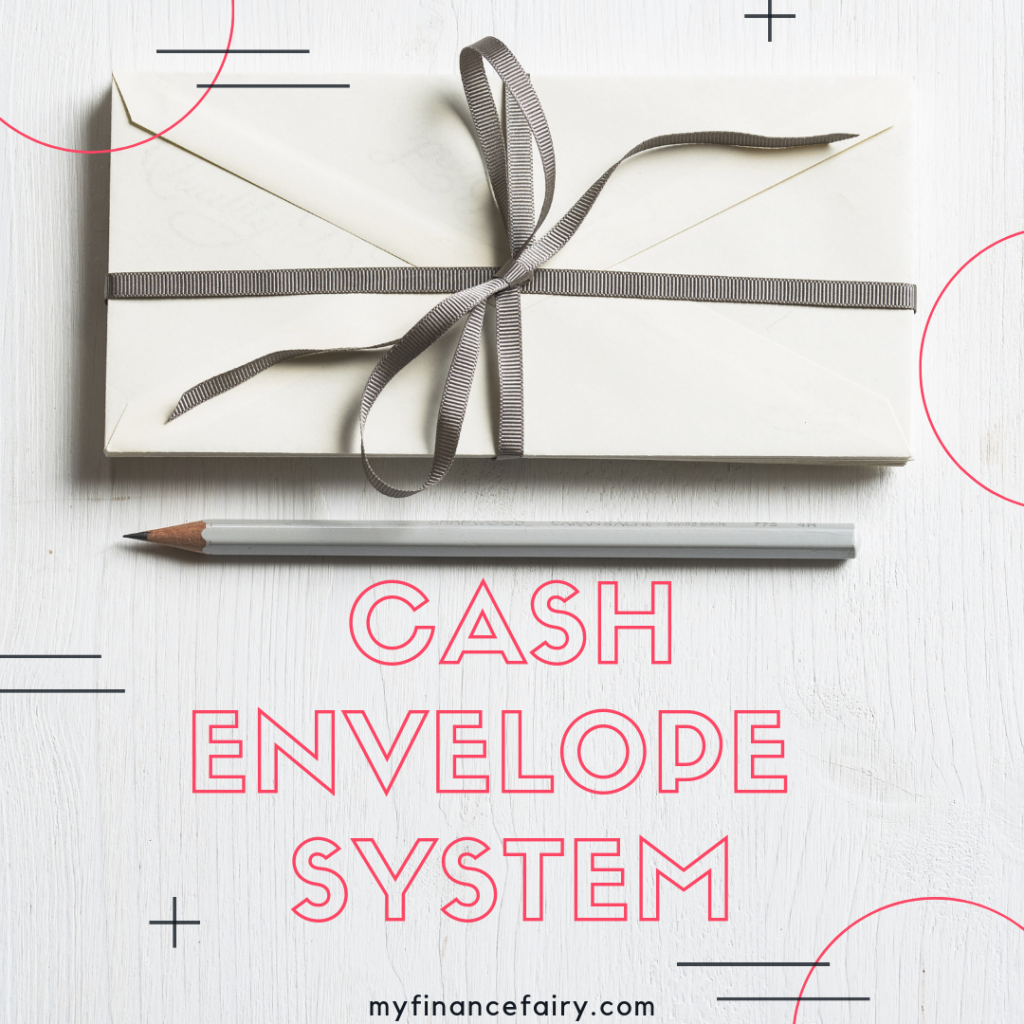Updated March 18, 2020.
Are you wondering what those envelopes are that you keep seeing on Etsy? I’ll give you a hint; it’s called the cash envelope budget system. There are many ways to budget money, so there is a strategy for everyone! Having a budget set every month and having to remember or reference a budget to know how much you can spend in each of the cash envelope categories is not for everyone. Cash budgeting is a fantastic alternative for people who want something incredibly foolproof or straightforward.
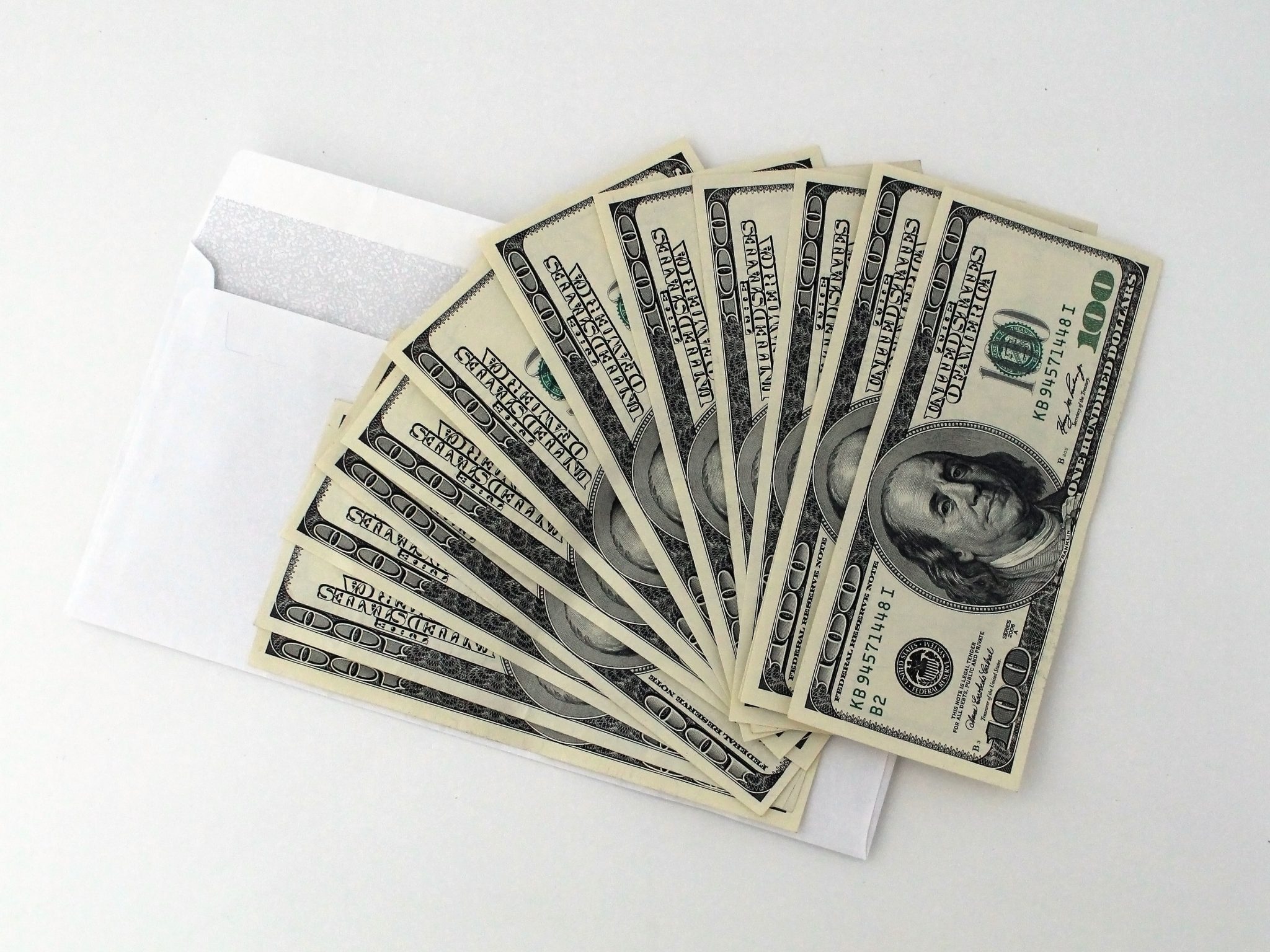
What Is The Cash Envelope System?
The cash envelope budget system is a cash budgeting envelope system that allows people to micromanage their finances. Things that are set to auto pay or are the same amount any month should stay on your debit or credit card. For Example, your rent, insurance, and car payments are all the same every month and can be easily set up to be auto deducted. The cash envelope system works best for the items that you can control, like food, gas, utilities, and entertainment expenses.
The first step is you’ll want to go to the store and grab a bottle of wine. Once you get home pour your self a glass and start looking into how much you spend a month. After you have an idea of how much you’re spending it’s time to create a budget and probably a second or third glass of wine.
You can learn how to create a budget here. After you have created a budget, you’re going to place your bills or spending items into categories. Then you’d grab your envelopes and write the names of the groups on them. Take out enough cash for a week, two weeks, or a month and place the money in each respective category. You are only allowed to spend whatever is in that specific category for the whole time you are doing the cash envelope system.
For example, if you created a group for gas and you only want to spend $150.00 a month in that specific category, that is the only amount of cash that will be in the gas envelope. Every time you go get gas, you’ll take that envelope with you and pull the money out to pay for it.
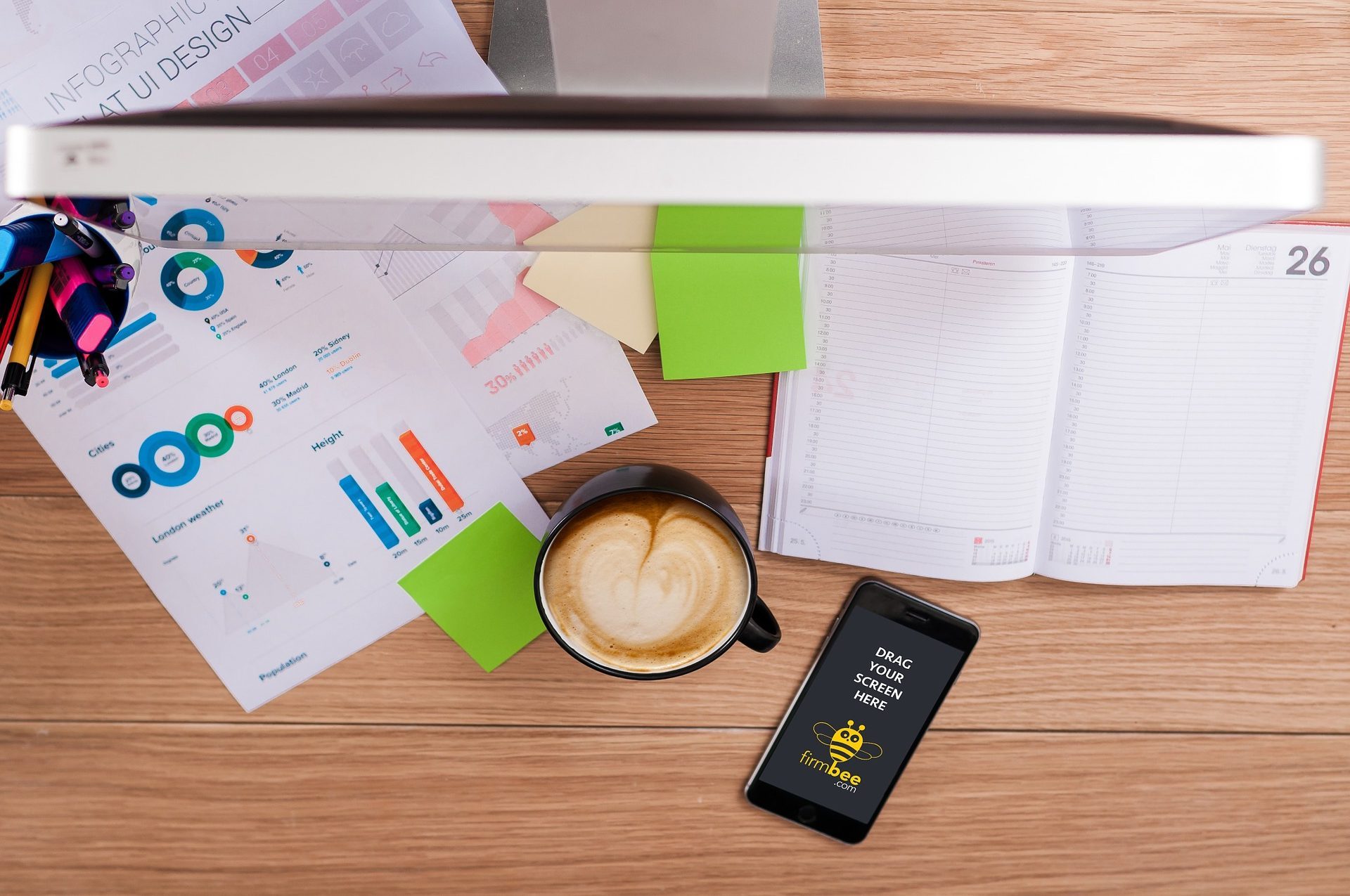
Simple Guide To Creating A Budget
The first thing to know when creating a budget is to choose a platform to write it in. Pen & paper, excel, or your banking company’s template; whichever one you choose will work correctly. An excellent basic layout to start with is to include a date due, amount due, the billing name, and bill type. Then fill in the information for each bill you have. Some items to include, but not limited to are:
-
- Rent/Mortgage
- Car Payment
- Insurance – Every kind you have.
- Gas – As in transportation; not water heater gas or gas to heat your living space.
- Credit Card Bills – Every Card should be separate.
- Student Loans
- Phone bill
- Utilities – This is the gas to heat your water heater and living space, electricity, water, sewer, etc.
Once you have added each bill’s information, you’ll want to see if the charges are timed evenly throughout the month. Did you know you can change most of the due dates for your bills? Call them and request a due date change if your bills are not evenly distributed or if you are paying most of the bills at the beginning of the month.
You will now add up how much all of your bills are per pay period. Then make sure to subtract your take-home pay per paycheck. You now can see how much you have at the end of each check for what some people call “fun money.”
There is one more step, but we will go over that later in the article!
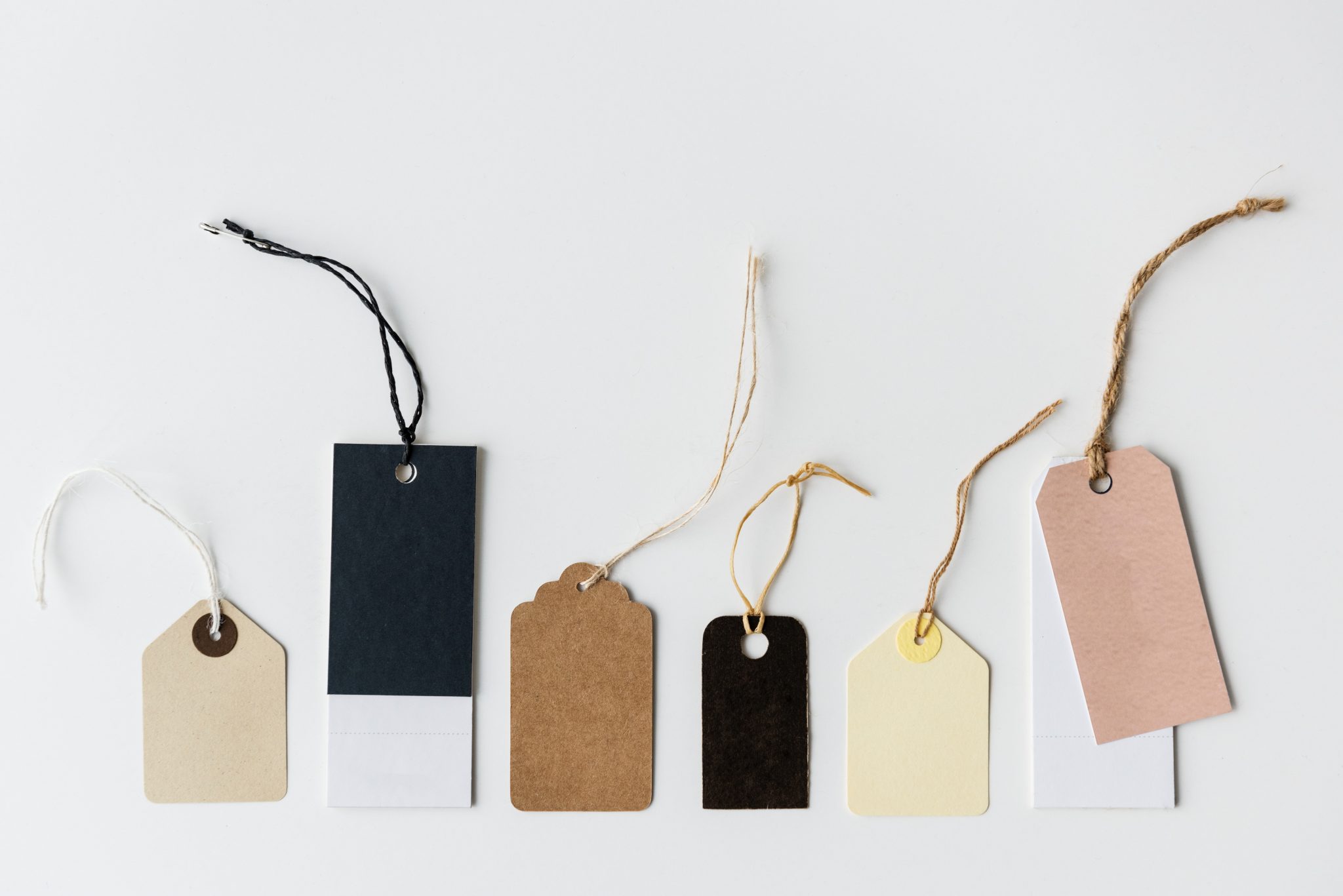
Categories For Your Envelopes
Everyone has different tastes, so your envelopes may not say what my envelopes say. Below I have given you some ideas of what your envelope categories could be, but you may have different ones that work better for your lifestyle. Just make sure to adjust the list accordingly.
- Pet Spending
- Food
- Entertainment
- Shopping
- Dining Out
- Gas
I recommend using more massive bills for your cash envelopes. It will help you to not make frivolous purchases, like your decaf fat-free latte. Breaking more massive bills makes you think about the purchase beforehand. Just a tip to help curb the impulse purchase monster.
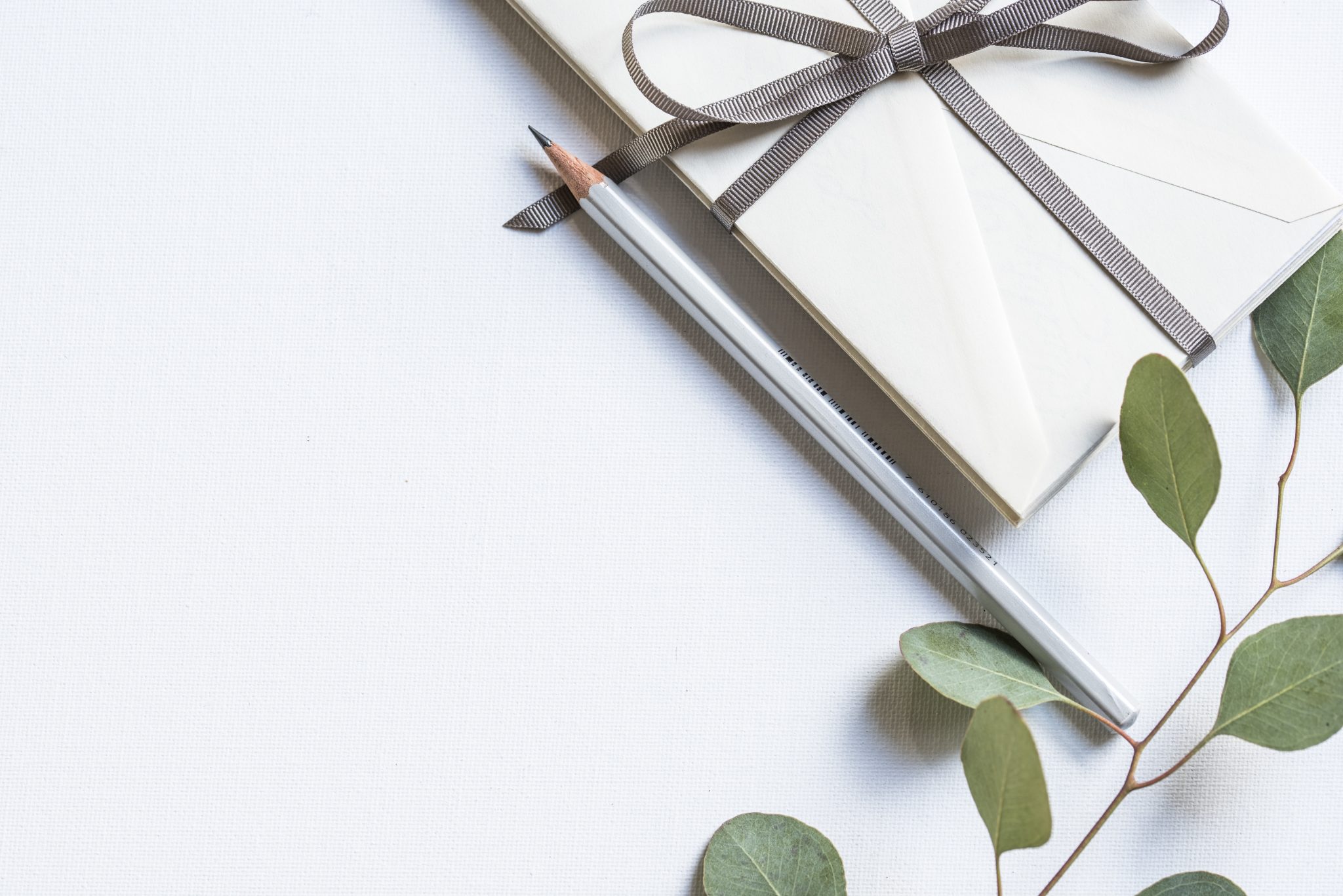
Envelopes Vs. Wallet
There are two main methods of holding your cash that people use for cash budgeting. I bet you’ve already guessed them by now: envelops and wallets. Each method has its benefits and honestly its up to you to decide which one works best for you!
The most common tool people use are envelopes. They are simple and effective since you grab the pockets you will be using that day and leave the rest of your money at home. It helps you not to overspend. Amazon has some super cute ones that include budgeting sheets and labels
If the envelope method budget isn’t for you, don’t fret: there is another option! Wallets have now entered center stage. Wallets are now able to handle the separation of your money while you are working on the “cash envelope system.” I found this wallet, which is super cute and fun and includes six zipped pouches. It also has an area for you to put a removable label on the pouches as your categories change. Please note the wallets do look hand made, so don’t expect manufactured quality stitching, but for your budgeting needs they will work great and are so cute!
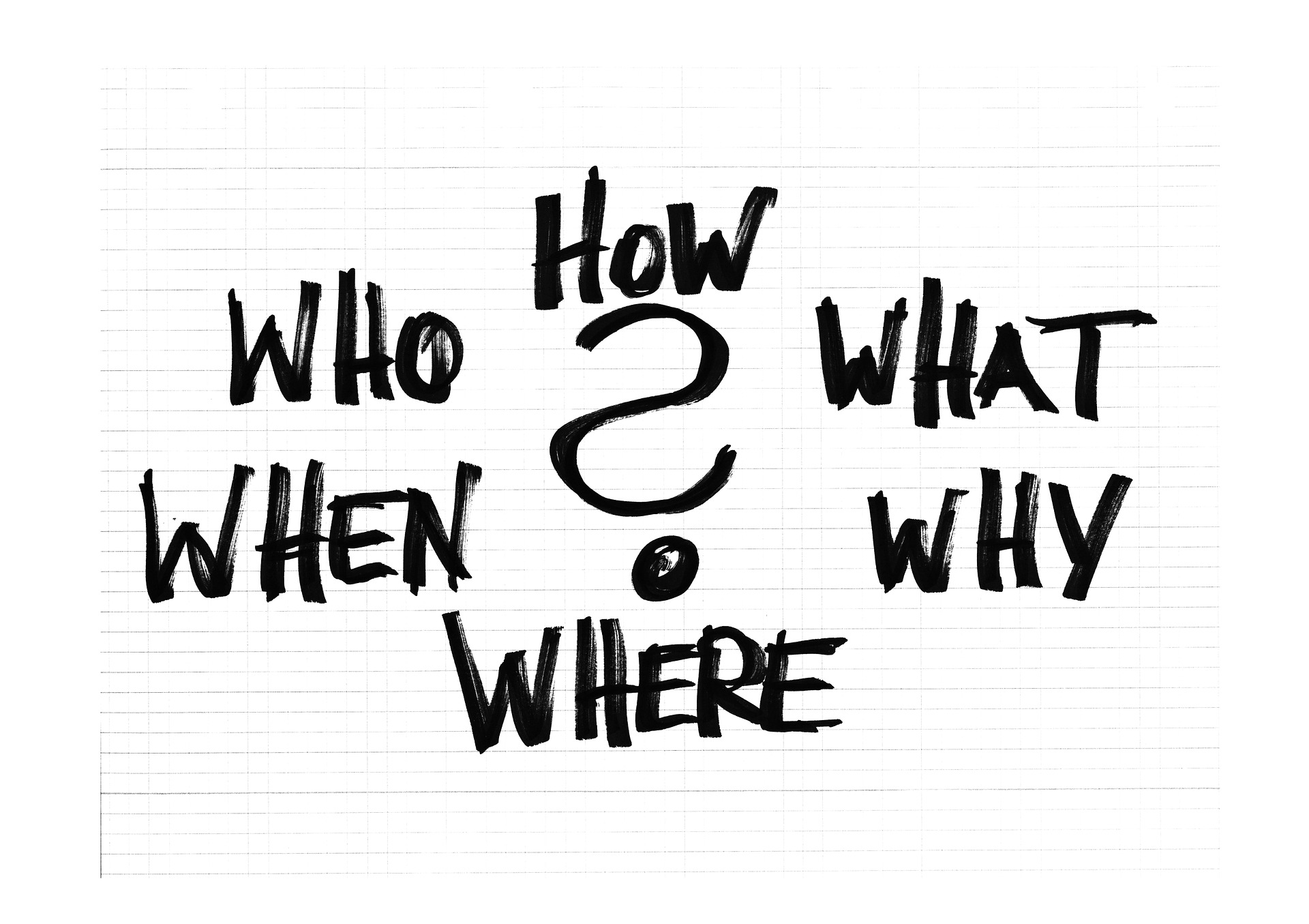
“But wait Why Should I Use This Method?”
This method is perfect for budgeting for beginners because it helps you to not overspend. If you only have $30.00 in cash with you, the maximum amount that you can spend is $30.00. If you are still learning how to control your spending habits this method works wonders.
It’s also beneficial because you are less likely to spend money when it’s cash. You see your money in your hand instead of off in a far away mystical place aka a bank. When you see your money, you also have a visual representation of how much money you spend in each category of your life. If you see $500.00 in an envelope for shopping each month, you may realize “Wow! I could be saving at least half of that for a rainy day.”
Now, remember when I said there was one last step to creating a budget? Well, here we are.
If you have not added savings to your bills, tsk-tsk. Go ahead and add a Savings bill to each pay period. The amount should still leave you with enough money to survive. Technically it should be 20% of your income, but I understand that’s not always possible. Just save as much as you can. Saving gets better over time and repetition makes it a habit.
Another tip is to open a savings account and have it automatically be deducted from your direct deposit, that way you don’t even have to think about it! If you have money left over from your envelopes, make sure to include that back into your savings as a bonus to yourself!
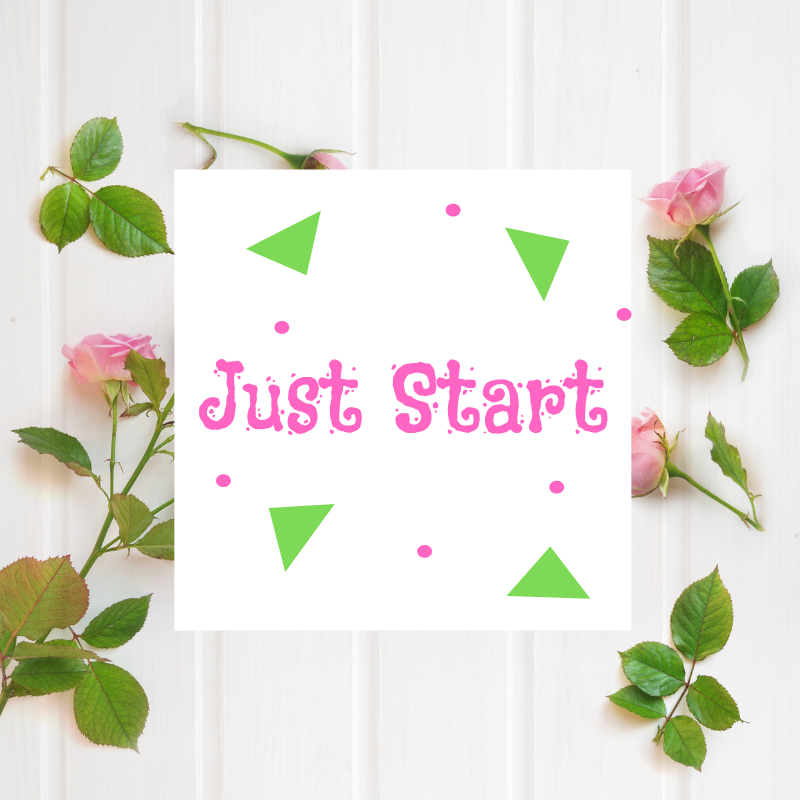
If Not Cash, Use A Different Method
If this method isn’t for you, you can always do a regular budget where you create the budget and stick to it. I choose to use a traditional budget over time, but that was after I tried a few methods to determine what worked best for me. I recommend you to do the same.
We all know deep down that we must control our spending to become financially free, but some of us have a little trouble following through on the whole “sticking to a budget” thing. Just remember to keep trying and to do monthly check-ins with your self to see where you can improve and where you kicked ass last month.
Thank yourself!
Financial independence can happen for everyone: you just have to work hard and keep trying when you fail. I always say this, but the first step is being able to manage your money. And remember in this crazy journey of ups and downs you’re only a failure if you stop.
If you need or want to make more money once you’ve finished your budget, girl I got you. Make sure to follow us here for some ideas.
If you need help creating a budget overall, guess what? I got you again. We are all in this together; It takes a village; Be patient and we’ll get there.
Xoxo,
Your Finance Fairy

